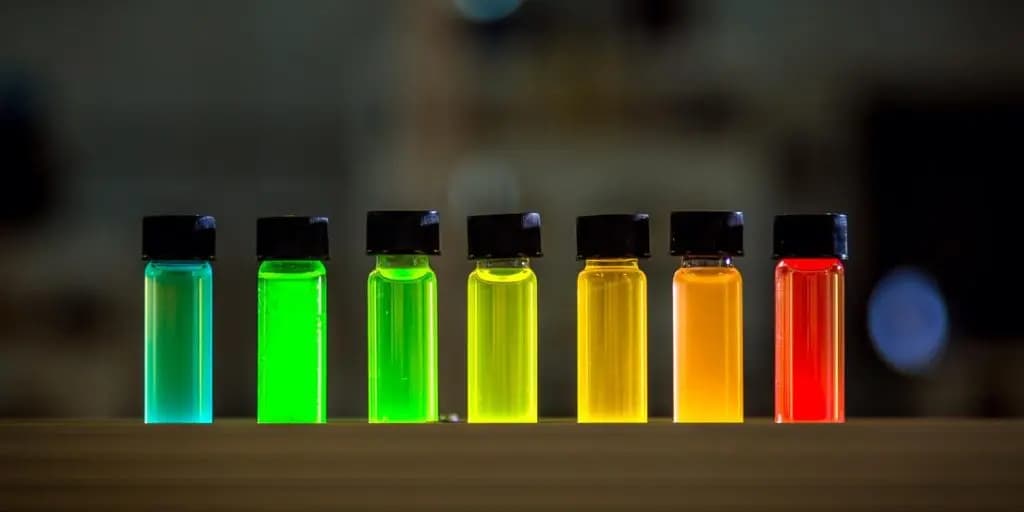Collagen, a protein crucial for structural integrity in animals, has been discovered in dinosaur fossils dating back an astounding 195 million years. This longevity is remarkable considering the typical 500-year half-life of peptide bonds, the chemical links holding proteins together.
Now, a study from MIT offers a compelling explanation for this phenomenon. The research team identified a specific atomic interaction within collagen that acts as a fortress, protecting it from water molecules. This barrier prevents water from breaking down the peptide bonds through a process known as hydrolysis.
“We provide evidence that that interaction prevents water from attacking the peptide bonds and cleaving them. That just flies in the face of what happens with a normal peptide bond, which has a half-life of only 500 years,” explains Ron Raines, the Firmenich Professor of Chemistry at MIT and the senior author of the study.
Published in ACS Central Science, the study was spearheaded by MIT postdoc Jinyi Yang, with contributions from postdoc Volga Kojasoy and graduate student Gerard Porter.
Collagen, the most abundant protein in animals, forms a robust triple helix structure and is found in bones, skin, muscles, and ligaments. “Collagen is the scaffold that holds us together,” Raines states. “What makes the collagen protein so stable, and such a good choice for this scaffold, is that, unlike most proteins, it’s fibrous.”
The discovery of collagen in dinosaur fossils, including an 80-million-year-old *Tyrannosaurus rex* and a nearly 200-million-year-old sauropodomorph, has captivated paleobiologists. Raines’ lab, with its 25-year history of studying collagen, delved into the extraordinary resilience of its peptide bonds.
Their research revealed that the carbon atom of one amino acid, in addition to bonding with the nitrogen of another to form the peptide bond, also forms a double bond with an oxygen atom, creating a carbonyl group. Crucially, this carbonyl oxygen possesses a pair of unbonded electrons. These electrons, the team discovered, can be shared with the carbonyl group of a neighboring peptide bond, effectively blocking water molecules from disrupting the bond.
To confirm their findings, the researchers created two forms of collagen mimics: the naturally occurring triple helix (trans) and a modified version with rotated peptide bonds (cis). The trans form successfully repelled water and resisted hydrolysis, while the cis form allowed water penetration, leading to bond breakdown.
A peptide bond is either cis or trans, and we can change the cis to trans ratio. By doing that, we can mimic the natural state of collagen or create an unprotected peptide bond. And we saw that when it was unprotected, it was not long for the world,
Raines elaborates.
Paramjit Arora, a professor of chemistry at New York University not involved in the study, comments, “This work builds on a long-term effort in the Raines Group to classify the role of a long-overlooked fundamental interaction in protein structure. The paper directly addresses the remarkable finding of intact collagen in the ribs of a 195-million-old dinosaur fossil, and shows that the overlap of filled and empty orbitals controls the conformational and hydrolytic stability of collagen.”
This electron sharing phenomenon has been observed in alpha helices, common protein structures. However, unlike the entirely helical structure of collagen, alpha helices are interspersed with more vulnerable protein sequences, making them susceptible to hydrolysis.
“Collagen is all triple helices, from one end to the other,” Raines points out. “There’s no weak link, and that’s why I think it has survived.”
While other theories, such as extreme dehydration preventing water access, have been proposed to explain collagen’s preservation, Raines believes a molecular-level explanation is necessary. “I can’t discount the contributions from other factors, but 200 million years is a long time, and I think you need something at the molecular level, at the atomic level in order to explain it,” he concludes.
This research, funded by the National Institutes of Health and the National Science Foundation, provides a significant leap forward in understanding collagen’s remarkable stability and its implications for paleontological research.













Responses (0 )